In Sarajevo cemeteries are everywhere, the patches of white pillars clinging onto the hills can be seen from afar. I have been fascinated with cemeteries since I can remember. The tranquility is one reason that, another one is the history they tell. In Argentina I once found the overgrown grave of an Austrian in the ruins of a deserted Jesuit mission.
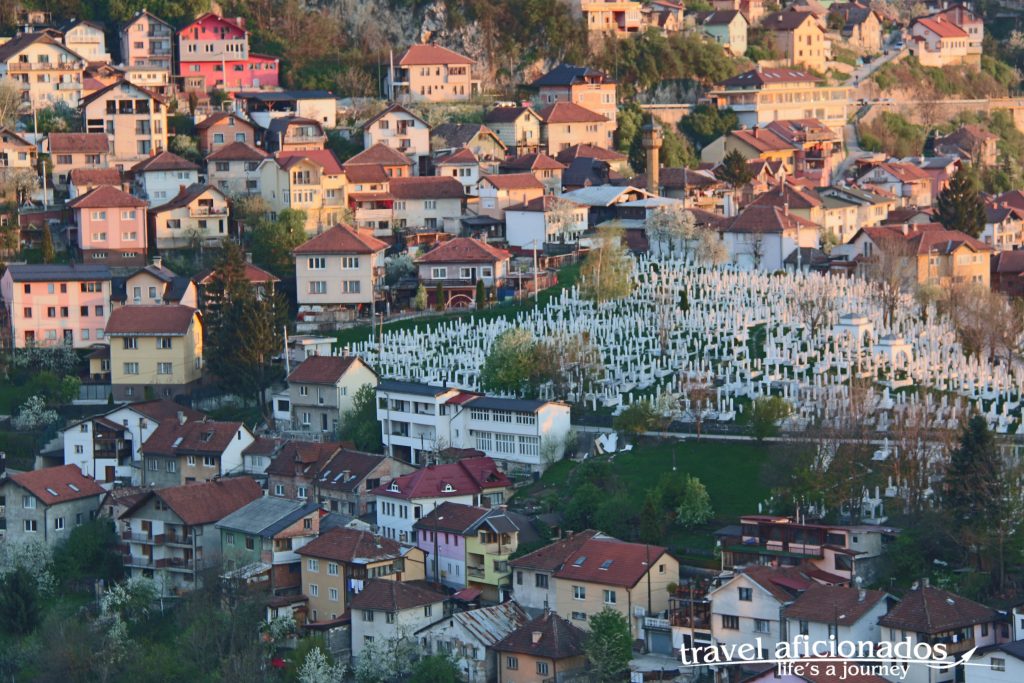
Patches of white on green slopes are a common sight in Sarajevo – tombstone closely huddled together in Muslim cemeteries
Jewish Cemetery
You need to know where to look for it, but the search was well worth it. From a certain perspective the small tombstones resemble a patch of lions looking over the city, 4000 of them. After Prague, it is the second largest Jewish cemetery. Many Sephardic Jews sought refuge here after they were expelled from Spain during and after the Inquisition. Some tombstones are scarred by shrapnel, since the cemetery was at a strategic position during the war.
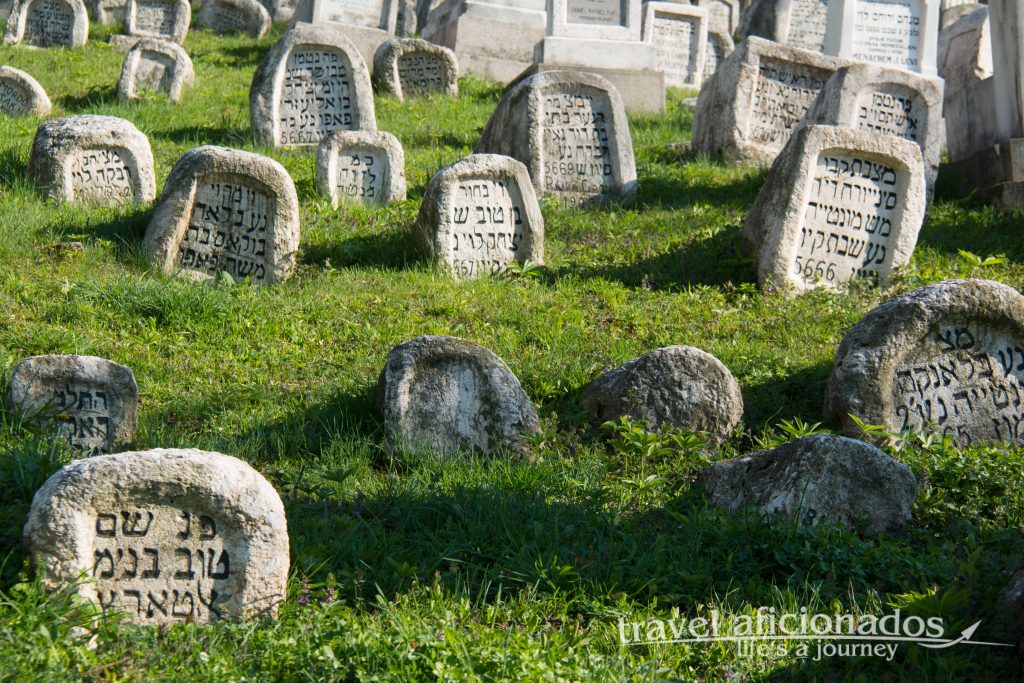
Uniquely shaped tombstone at the Jewish Cemetery in Sarajevo, the second largest in Europe after Prague
Bare Cemetery
Bare Cemetery is one of the biggest in Bosnia and and in Europe. It is huge! I spent hours walking between the rows of graves and did not manage to see all of it. What makes it so extraordinary is that Serbian Orthodox, Jews, Catholics and Muslims are all buried here with the tombstone in Hebrew, Cyrillic and the Latin alphabet being silent witnesses. The setting is stunning, from the top I could almost see the entire cemetery with its slopes gently dropping, fading into flat terrain.
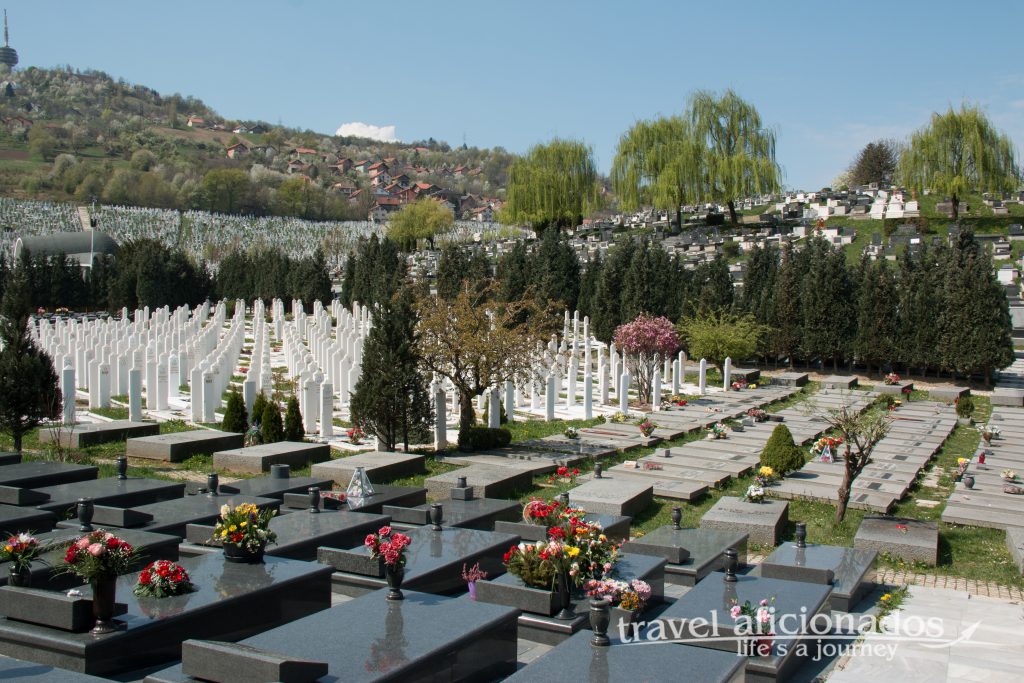
Bare Cemetery – one of the biggest cemeteries in Europe, a place where at least the dead are not separated by religion.
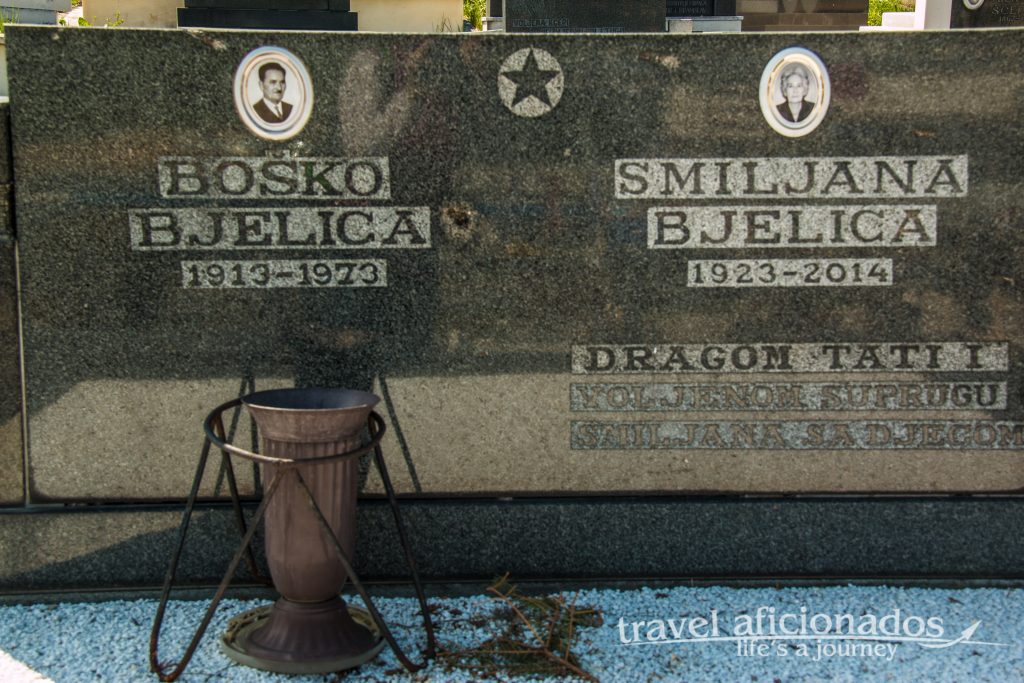
Bare Cemetery – one of the biggest cemeteries in Europe, a place where at least the dead are not separated by religion.
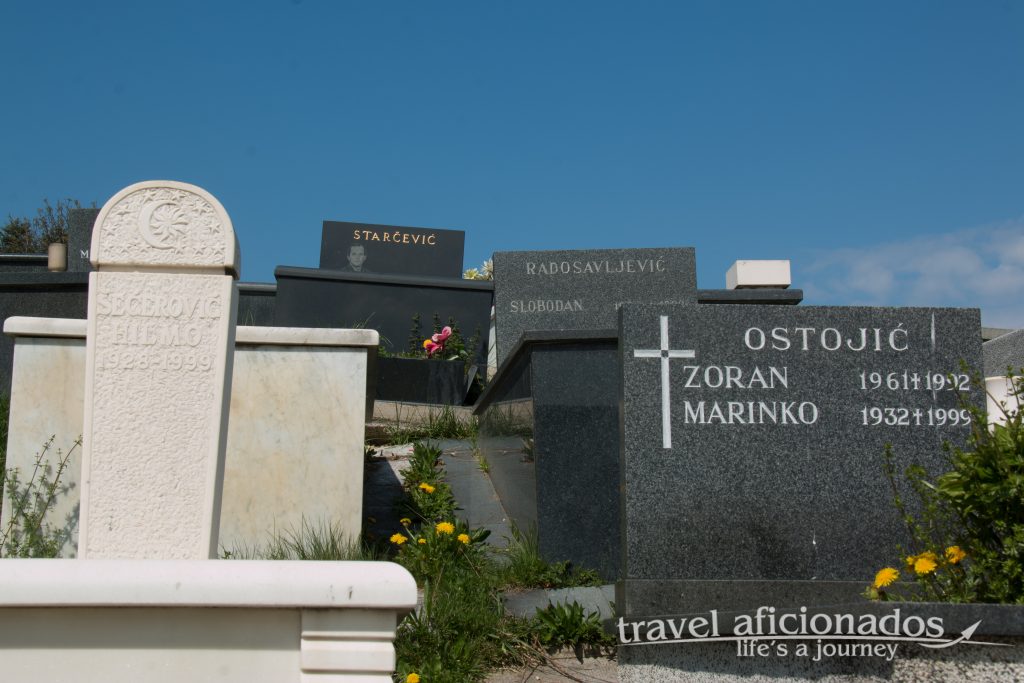
Bare Cemetery – one of the biggest cemeteries in Europe, a place where at least the dead are not separated by religion.
Lion Cemetery
One of the most tragic stories of the Bosnian war came to end here. Admira Ismic and Bosko Brkic, the couple whose young life was ended by snipers, was buried here in the same grave after the war. Forever united like they died, embraced on Vl Bridge, Many other victims of the war are buried here and so is Kurt Schork, the American war correspondent who told their story to the world. He happened to be near the bridge where Admira and Bosko were shot. A few years later he was killed while on assignment in Sierra. Half of his ashes were buried next to the grave of Bosko and Admira.
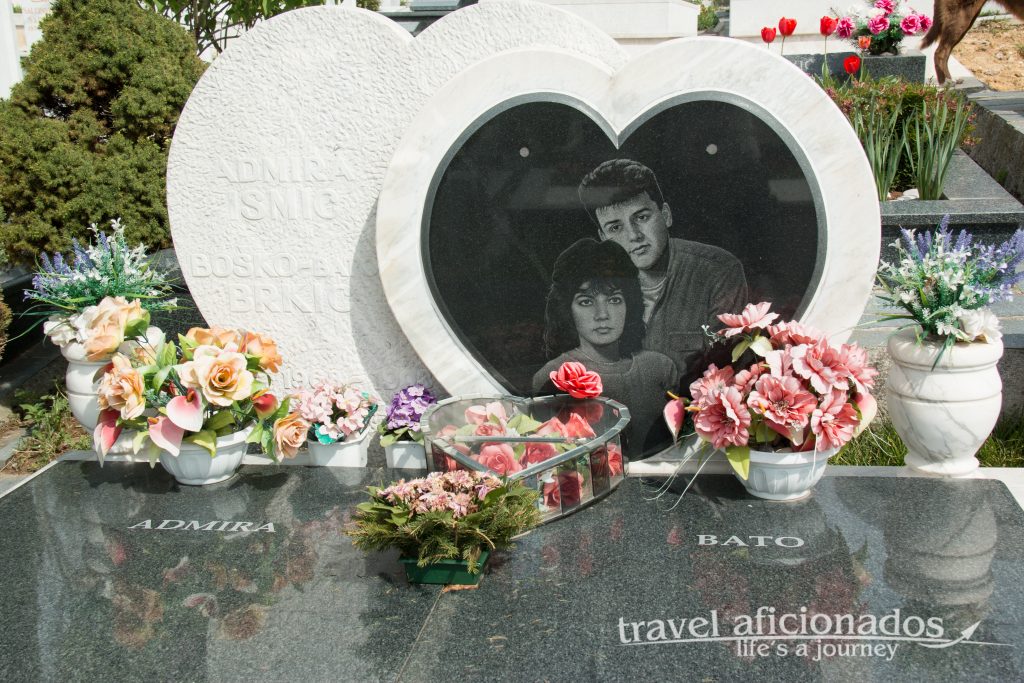
Admira Ismic and Bosko Brkic, the couple whose young life was ended by snipers, now united at Lion Cemetery
https://www.rferl.org/a/bosnia-love-story-sarajevowar/24990732.html
St. Mark’s Cemetery – Gavrilo Princip last stop
At St. Marks Cemetery a mausoleum reminds of the man who shot the heir to the Habsburg throne on 28th July 1914. First he was buried in secret in an unmarked grave following his death from tuberculosis in April 1918. The reason why he survived those four years? He was too young to receive the death penalty and be executed. The Habsburg stuck to their laws even when it concerned the murder of the future emperor. In 1920 Gavrilo Princip was exhumed and buried with other conspirators.

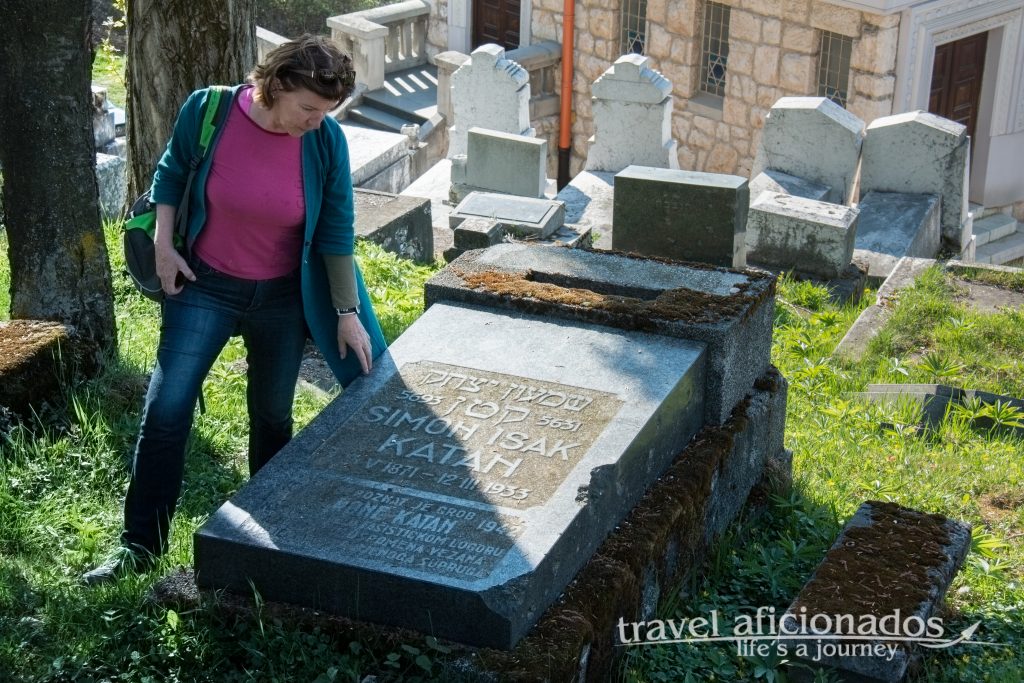
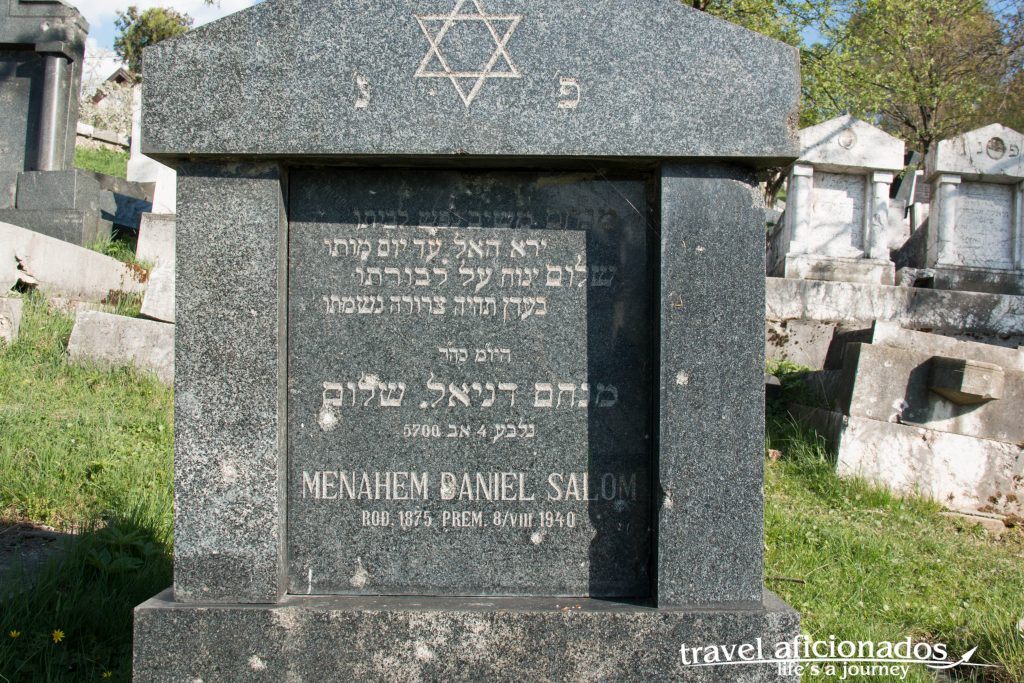
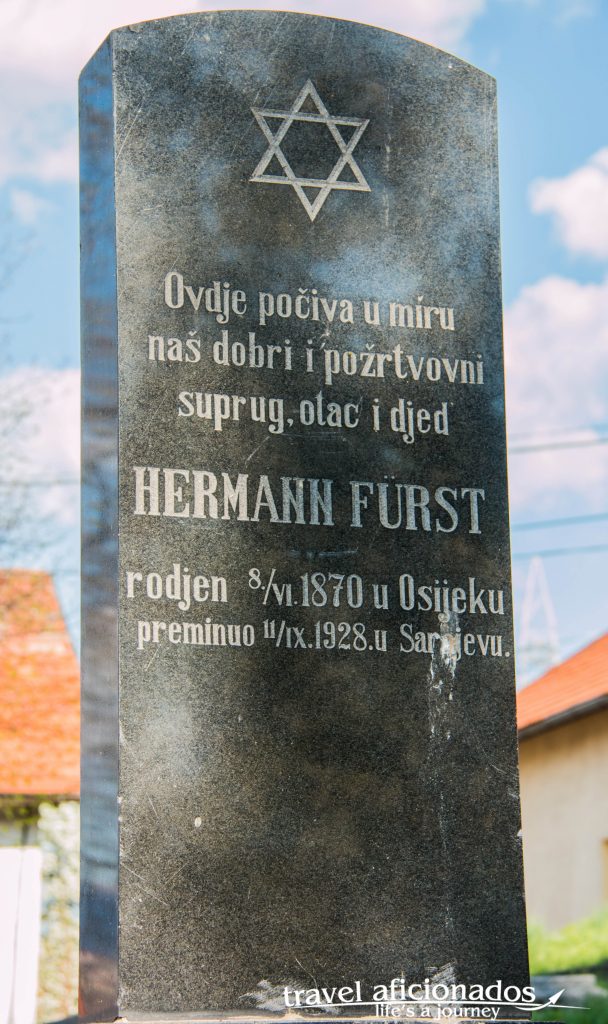
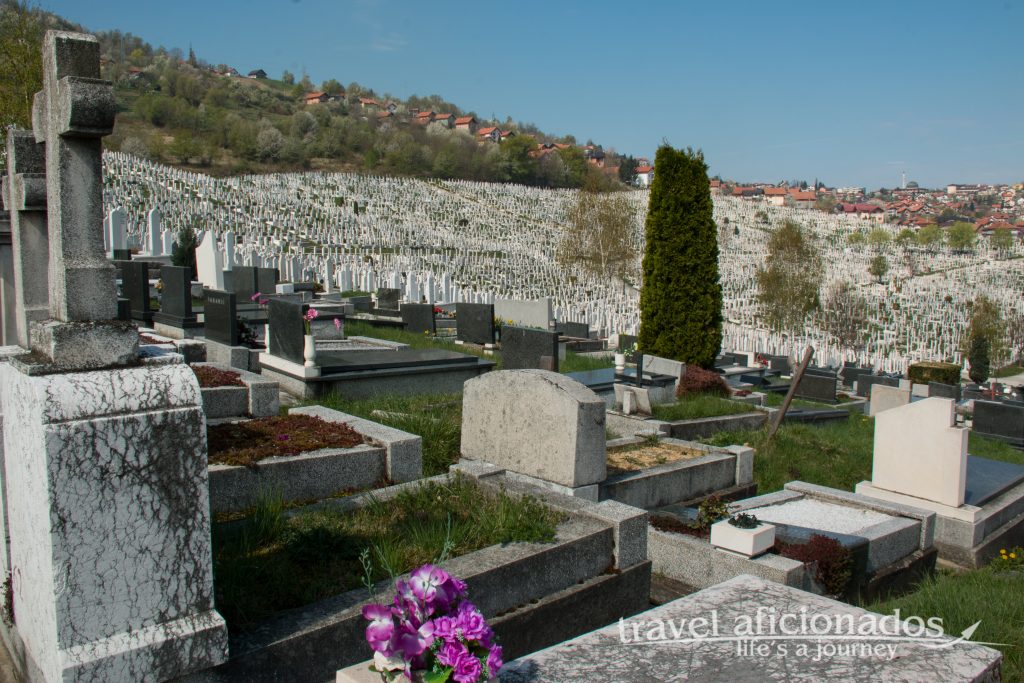
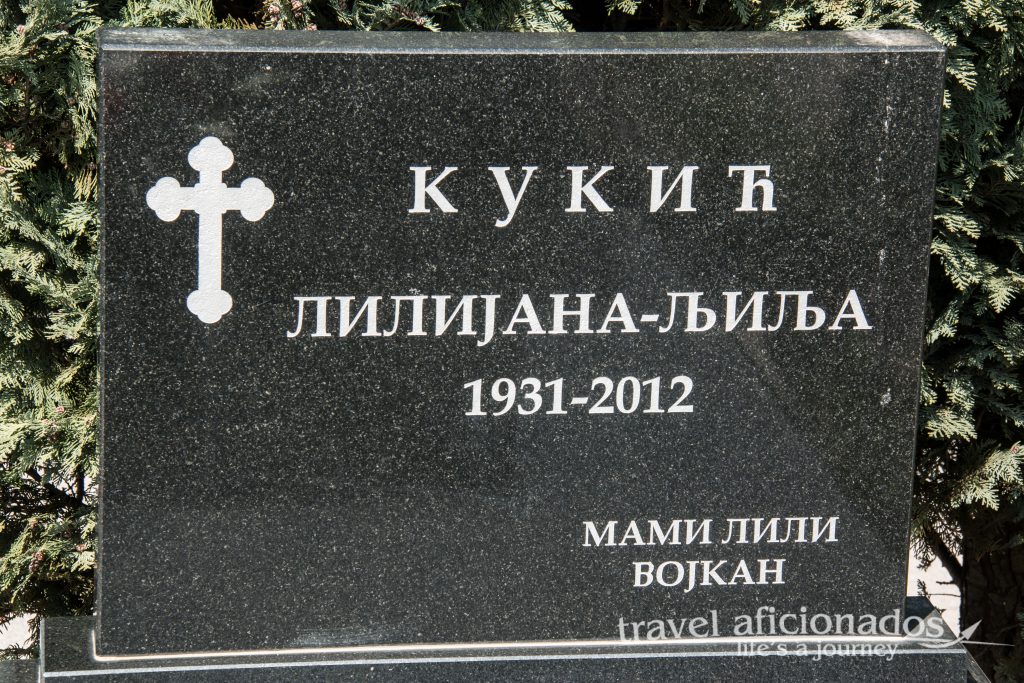
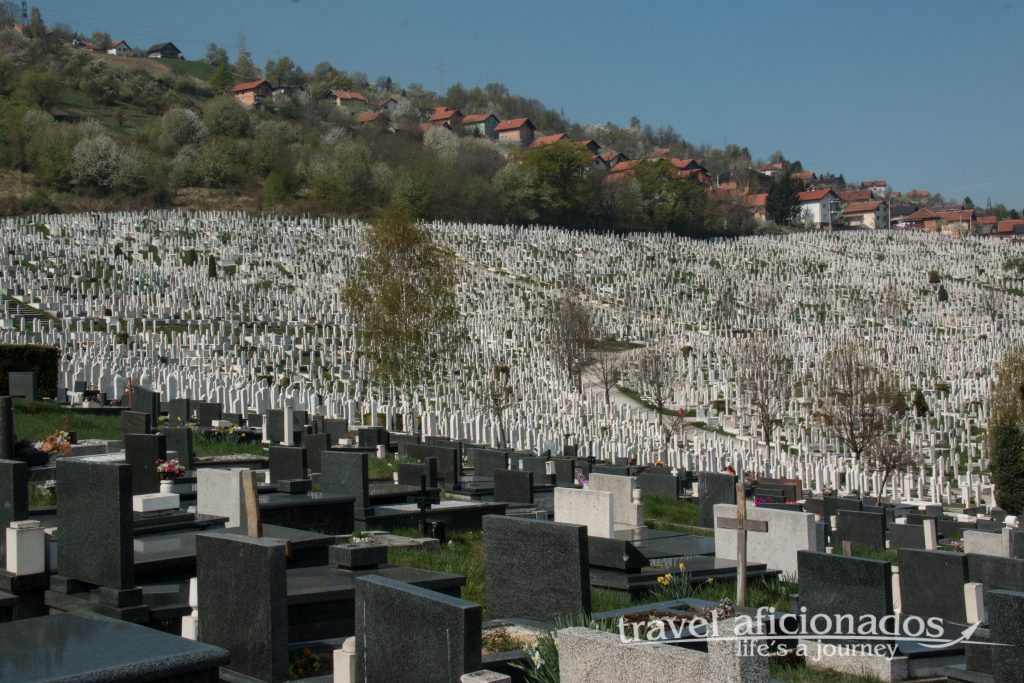
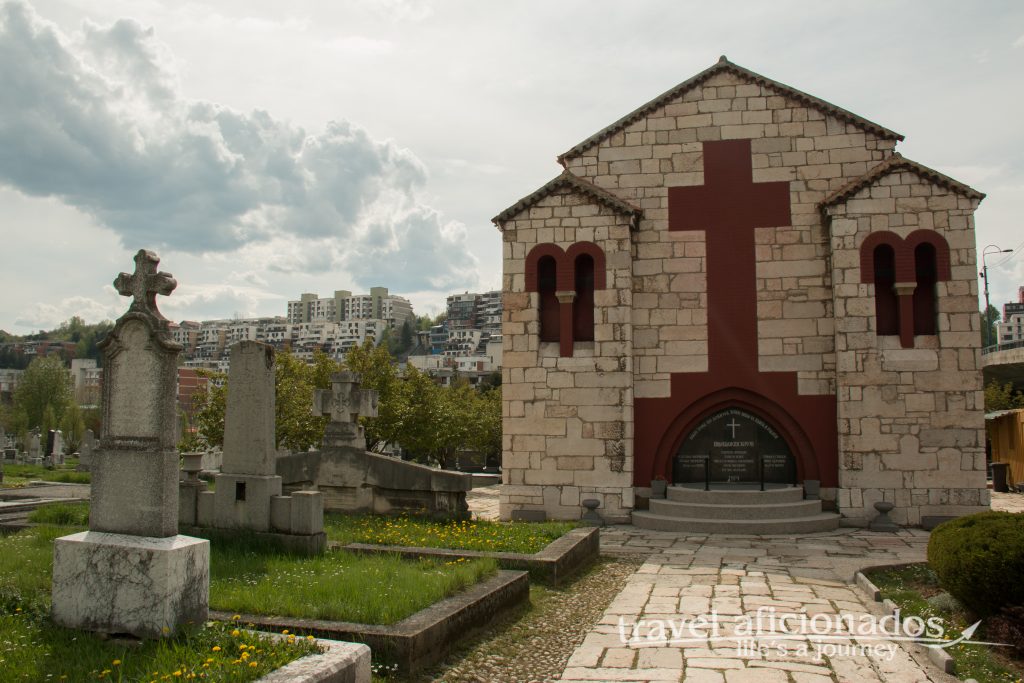
No comments yet.